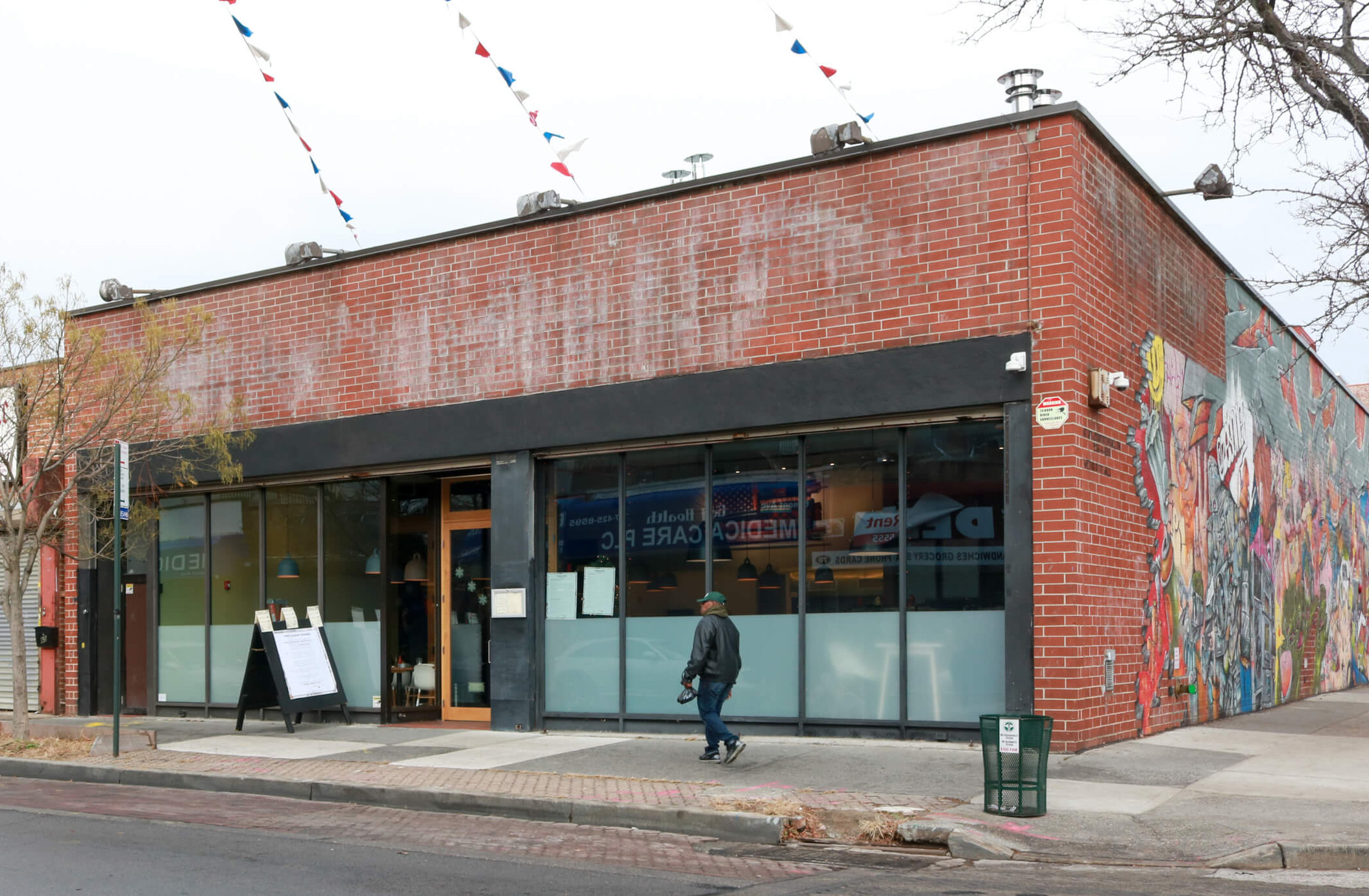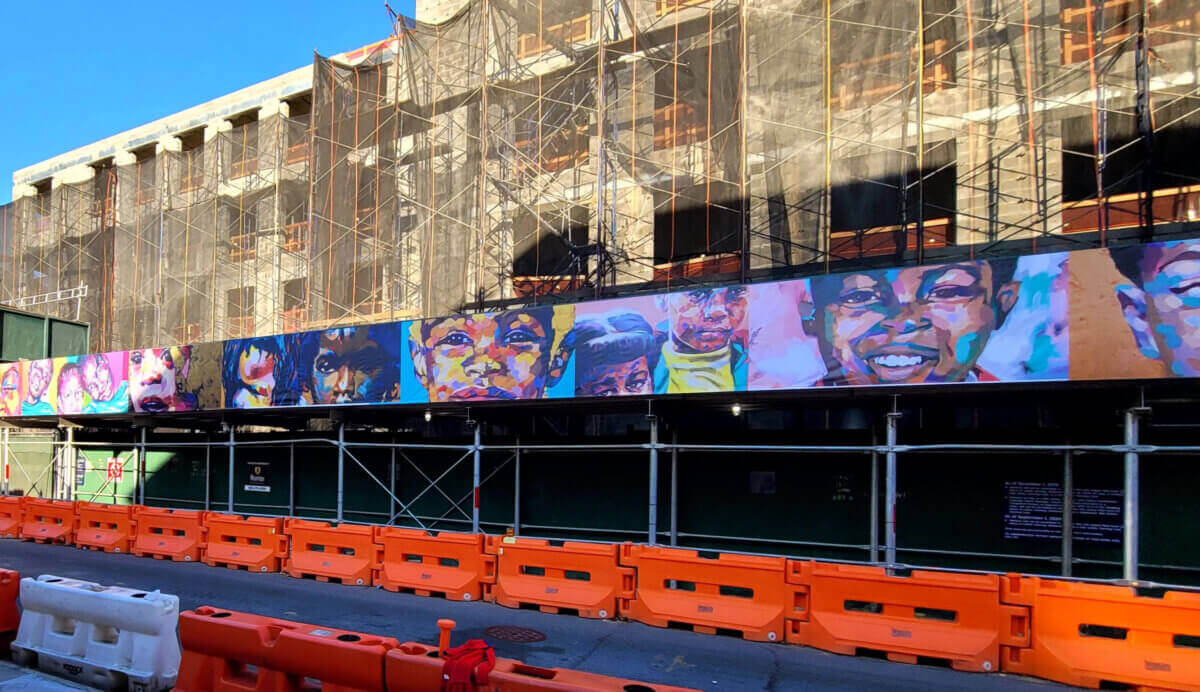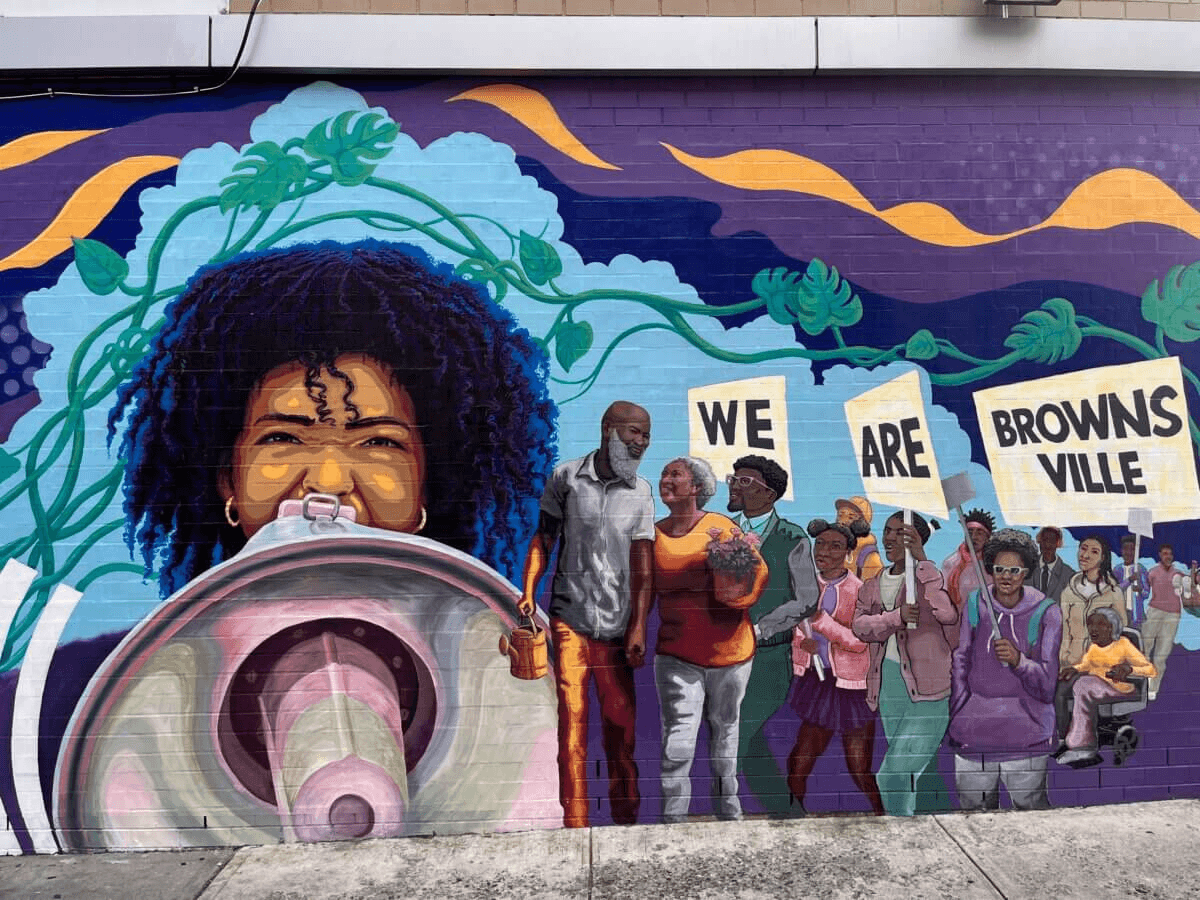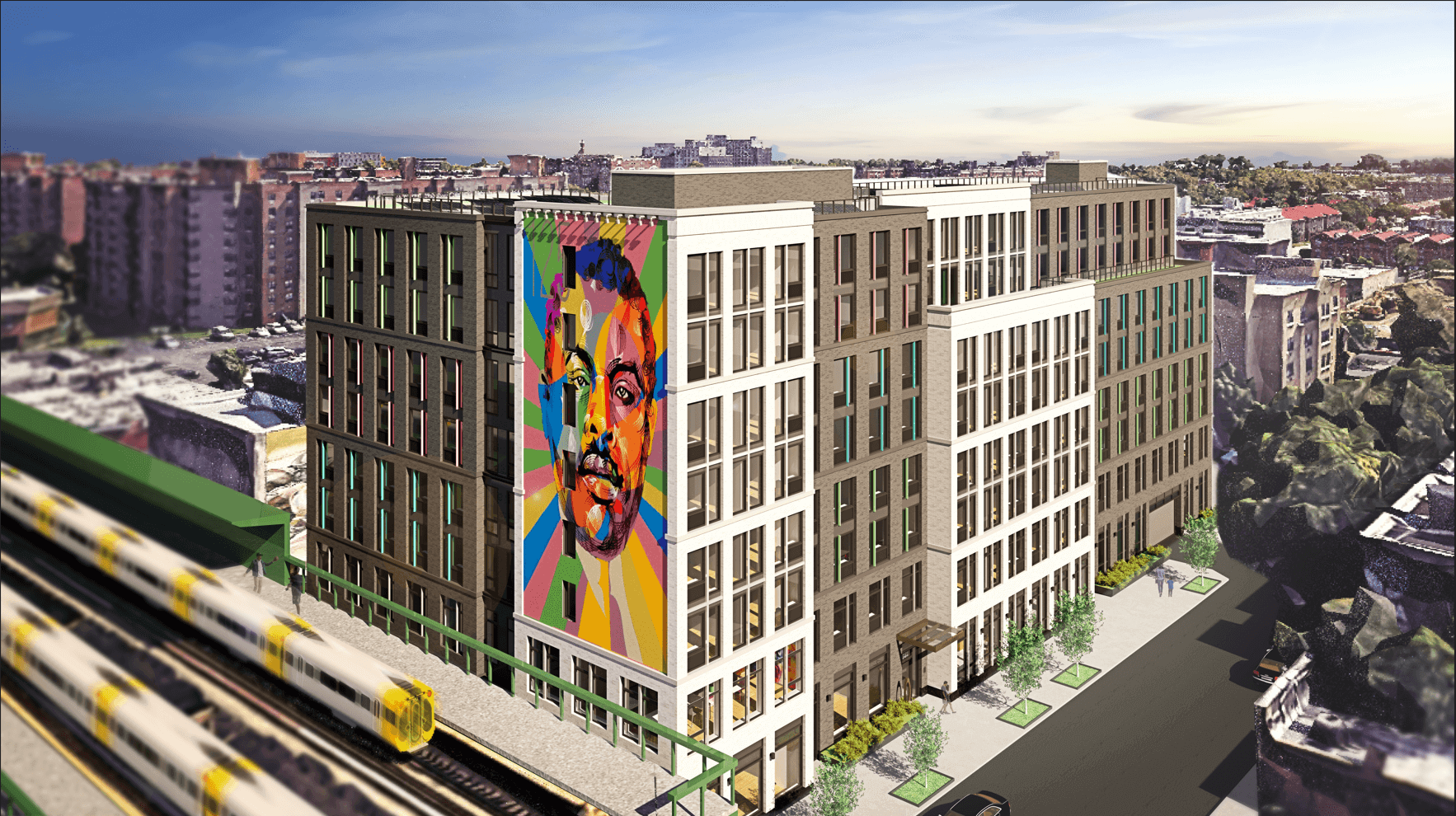Building of the Day: 1698 Pitkin Avenue, From Jenkins Trust Bank to T-Mobile Outpost
Brooklyn, one building at a time. Contrary to popular belief, Brownsville still has some great architecture, especially on its main commercial streets. Name: Originally Lafayette Trust, then Provident Loan Society. Now a T-Mobile. Address: 1698 Pitkin Avenue Cross Streets: Corner of Rockaway Avenue Neighborhood: Brownsville Year Built: Early 20th century, before 1909 Architectural Style: Simplified…
Brooklyn, one building at a time.
Contrary to popular belief, Brownsville still has some great architecture, especially on its main commercial streets.
Name: Originally Lafayette Trust, then Provident Loan Society. Now a T-Mobile.
Address: 1698 Pitkin Avenue
Cross Streets: Corner of Rockaway Avenue
Neighborhood: Brownsville
Year Built: Early 20th century, before 1909
Architectural Style: Simplified Beaux-Arts
Architect: Arthur G. Stone
Other Works by Architect: Row houses on Hancock and other streets in Bedford; also flats and store buildings in Williamsburg, and other buildings throughout Brooklyn and Manhattan
Landmarked: No
Most people think Brownsville is little more than rows upon rows of high-rise NYCHA housing. There certainly is plenty of that there, but there is much more to the neighborhood.
Brownsville was founded by Charles S. Brown, who bought the former Dutch farmland at auction. By 1883, there were 250 houses here in what was called Brown’s Village.
In spite of the village, the area was not all that desirable. It was surrounded by swamps on three sides and isolated. Parts were used as a dumping ground, and the stench of the nearby glue factories could be overpowering. This was never a wealthy area.
In 1887 Jewish immigrants started moving here, the open spaces however compromised, a welcome change from the tenements of the Lower East Side. The factories followed the workers, creating a self-contained community. Cultural institutions and businesses grew.
This area remained a poor Jewish neighborhood until the 1960s, when it transitioned into a poor black and Latino neighborhood. In spite of poverty, many thriving businesses were located on its commercial streets, along with banks, libraries, schools and other civic and commercial enterprises.
Numerous influential people came from Brownsville, ranging from the infamous Meyer Lansky and Murder, Inc., to the Three Stooges, Larry King and Aaron Copland. More recent Brownsville natives include Jimmy Smits, Mike Tyson and writer Nelson George. There are many, many more.
Architecturally speaking, a vast majority of the older housing stock was torn down for the massive housing projects that were built in their place. Brownsville has more projects than any other part of New York City. Most of the remaining older architecture can be found on the commercial avenues, and much of it is quite good.
Photo by Kate Leonova for PropertyShark
The Jenkins Trust Bank becomes Lafayette Trust
Pitkin Avenue is the neighborhood’s main commercial street, with many fine buildings built over the last century. Among them were several branches of larger banks and trusts. 1698 Pitkin Avenue was built as a branch of the Jenkins Trust bank, sometime in the early years of the 20th century.
The architect was Arthur G. Stone. He and his brother George were very successful builders and architects in both Brooklyn and Manhattan, working during the period between 1880 and World War I. Both brothers were architects and worked together as builder/developers, with Arthur making most of his reputation as a builder. There will be a post on them soon.
We’ve already covered the story of the Jenkins family and their banking businesses. Suffice it to say, their financial holdings were built on wild speculation (and creative bookkeeping) and collapsed in the financial Panic of 1907.
The Jenkins Trust, without any Jenkins family members, was reorganized as the Lafayette Trust in 1908. This bank was one of the casualties of that reorganization, as all but three branches were closed. The building was sold in 1909 to the Provident Loan Society of New York.
Brooklyn Eagle ad, 1910
The Provident Loan Society
The Provident Loan Society was organized as a not-for-profit by some of the biggest names in New York City finance in the late 19th century. Augustus Belmont, J.P. Morgan, Cornelius Vanderbilt, Jacob H. Schiff and others founded the society as an alternative to the loan sharks and pawn brokers of the day.
There were a lot of financial panics at that time, with wild speculation on the financial markets, part of the reason the Jenkins empire crashed. The Panic of 1893 was the catalyst for the creation of the Provident.
Many people, especially the poor and working class, needed short-term loans to get back on their feet, but the loan sharks and pawn brokers were cheating them left and right.
Basing their organization on the European model of mont de piété, the Provident was formed in 1894. The Society was chartered as a nonprofit by the State of New York.
All of the founding members contributed into a pool of money, enabling the organization to act as pawnbrokers and give loans at a much lower rate. At its height, there were 17 branches throughout the city, most in lower-income neighborhoods. The headquarters was on Park Avenue.
After 1907, the Provident embarked on an ambitious building program, with the prominent firm of Renwick, Aspinwall & Tucker designing a number of branches. A few still remain. This was not one of their buildings, although it was exciting to think that it could be.
The Provident is still around too, still offering short-term loans using gold and jewelry as collateral. There are five remaining branches. The Brooklyn branch is in Bay Ridge and has a loan interest rate of around 26 percent. If that seems high, the legal pawn shop rate is almost 50 percent.
Early 1980s tax photo via Municipal Archives
This Pitkin Avenue branch was active from 1910 until well into the 1950s, according to newspaper records. In the 1960s, it appears to have been an upholstery shop, followed by various retail establishments, and perhaps another bank or utility.
At some point, after the early-1980s tax photo, the façade was “modernized” with marble tiles and a new façade, perhaps by T-Mobile, the current tenant. The rear windows were bricked in. Amazingly, over the last 100 years, no one has changed the very attractive Mediterranean tile roof.
Photo via Google Maps
[Top photo: Kate Leonova for PropertyShark]
Related Stories
Walkabout: The Fall of the Jenkins Family Empire, Part 1
Walkabout: The Fall of the Jenkins Family Empire, Part 6
Building of the Day: 1501 Pitkin Avenue














Don’t forget George Gershwin! Although he grew up in Manhattan and is usually associated with that borough, he was born at 242 Snediker Avenue in Brownsville.